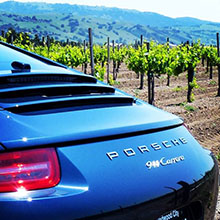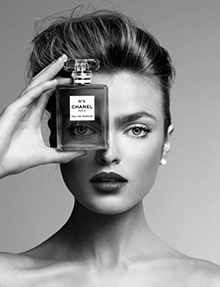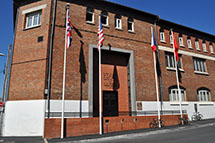|
The Great Depression and World War 2The Great Depression officially started in 1929 with the stock market crash in October occurring in the same year. Countries around the world were affected. The vineyards in Champagne had been restored, but the global economy led to a reported drop in grape prices by about 50%. The Champenois once again pulled together and consolidated efforts in marketing and production. The efforts eventually paid off. The effects of prohibition lessened as people chose more and more to ignore the regulations. Prohibition was finally repealed with the 21st amendment in 1933. Even through the graveness of the circumstances surrounding war recovery and the Great Depression, sales finally did begin to rise in Champagne. In reality, the new practices and replanting efforts had truly benefited the overall quality of the wines. The region continued to try to progress, but as the state of affairs took baby steps toward improvement, the next great obstacle became apparent. Adolf Hitler became Chancellor of Germany in 1933 and vowed to make Germany one of the greatest European powers again. In March 1938, Austria was annexed by Germany. Although the annexation was non-violent, Hitler’s crusade had begun. World War II officially started in 1939 when Hitler invaded Poland and took over. France followed in 1940. The Champagne area did not turn into a major battleground as had been the case in World War I, but the area was taken over and occupied by German forces for four tumultuous years. During the initial siege, railway stations were destroyed, some villages were burnt and suffered heavy damage such as Vitry-le-Francois and Chalons-sur-Marne. As the French soldiers retreated they blew up some of their own bridges to slow the German advancement, but the overall destruction to the area was less than with World War I. One of the lessons the Champenois learned from the first World War was to be prepared. They took initiatives to hide much of their wine stocks behind fake walls in the deep chalky caves. As the war progressed, the vineyard upkeep and winemaking production once again were delegated to the women, children and old men. Able-bodied surviving Frenchmen were either fighting in battlefields far away or had been taken to prison camps in Germany. Some wine was produced during the four year period of German occupation, but not much. There were some very good vintages (such as 1943), just in limited quantities. There was no chance that exports could be sent to any enemy of the Axis. There was a shortage of laborers, but there was no money to pay them or extra food to feed them, anyway. The Germans encouraged production so they could continue to be supplied with wine. The Germans confiscated large amounts of wine calling the confiscation a levy. They eventually set up a system and paid the merchants to promote production but they also continued to impose heavy taxes on sales. The Germans allowed the Champenois to sell surplus wine to the French and to neutral countries. Taxes were generally paid with bottles of champagne. An arrangement was established between the Champenois and the Germans that allowed business to continue in the area. In 1941 the C.I.V.C. (Comite Interprofessionnel du Vin de Champagne) was formed to improve relations between growers and merchants and to help establish cooperation with the Germans. The organization is still in existence today and functions as a trade organization established by law to direct the common interests of merchants and growers. In 1943 the Resistance Movement became stronger in Champagne and the situation with the Germans began to deteriorate. The Germans arrested or deported several merchants, high ranking employees and growers along with high ranking officials from France’s regulatory agencies. Piper Heidsieck and Moet & Chandon were sequestered because of reported resistance activities. A feeling of hopelessness gripped the area. The Germans began to sense defeat was near and began making plans to blow up the cellars in Epernay, but relief was not far away. Before the demolition could be accomplished, General Patton and his army marched into Epernay in August, 1944 and liberated it. Reims was liberated a few days later. It was time to celebrate and much of that champagne stored behind the false cellar walls since 1940 was there to commemorate the victory. The men who engineered the victory, Dwight Eisenhower, Winston Churchill and Charles de Gaulle were held in high esteem. A few months later, the first “Instrument of Surrender” ending World War II was signed in Reims on May 7, 1945 in a red brick schoolhouse that functioned as the headquarters of the Allied Forces. The history of champagne continues with Post War and Recent History - Champagne History Part 7. Related Subjects More about Champagne History
World War 2 History Reims France World War 2 Museum |
||||||||||||||||||||||||||||||||||||






